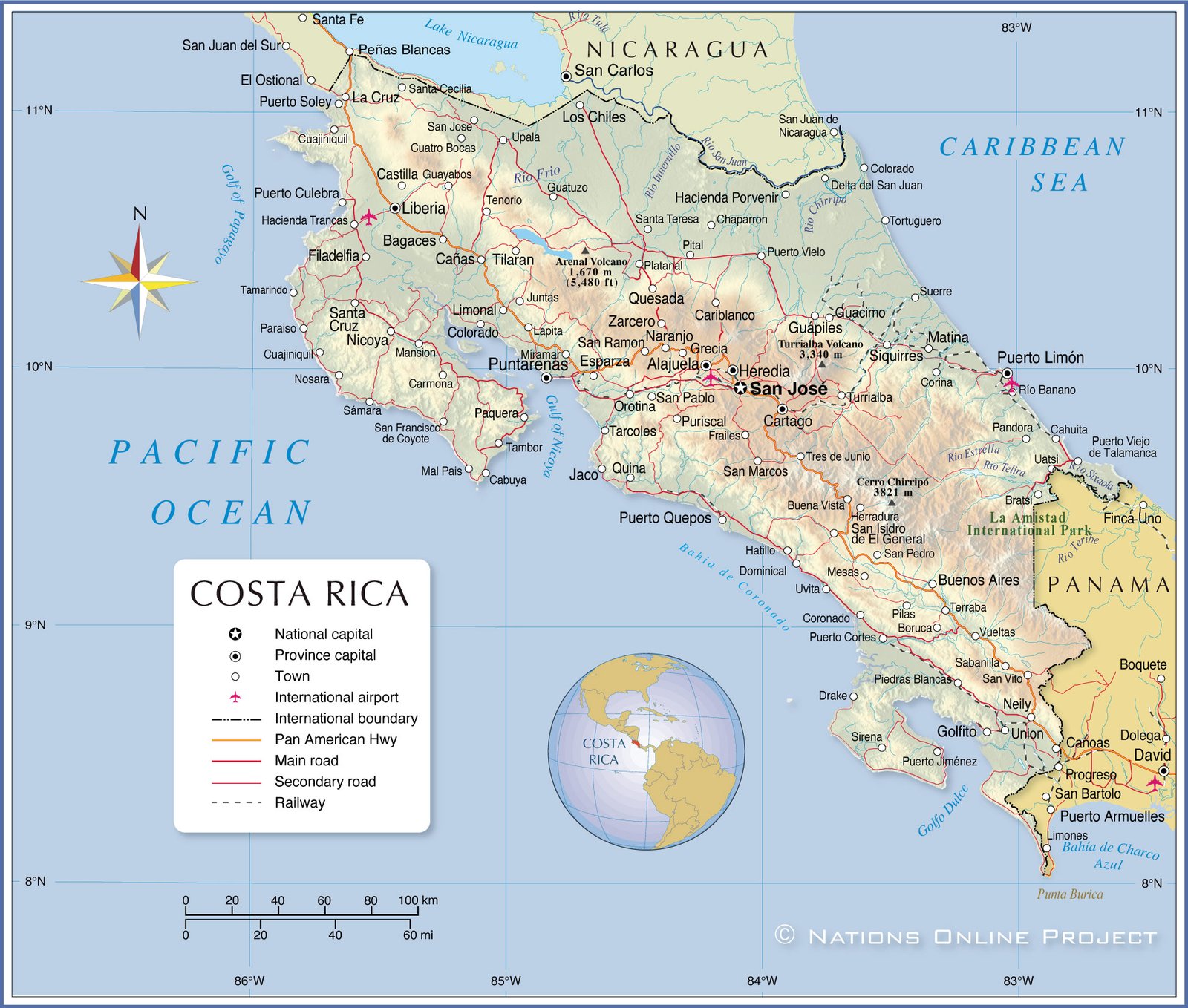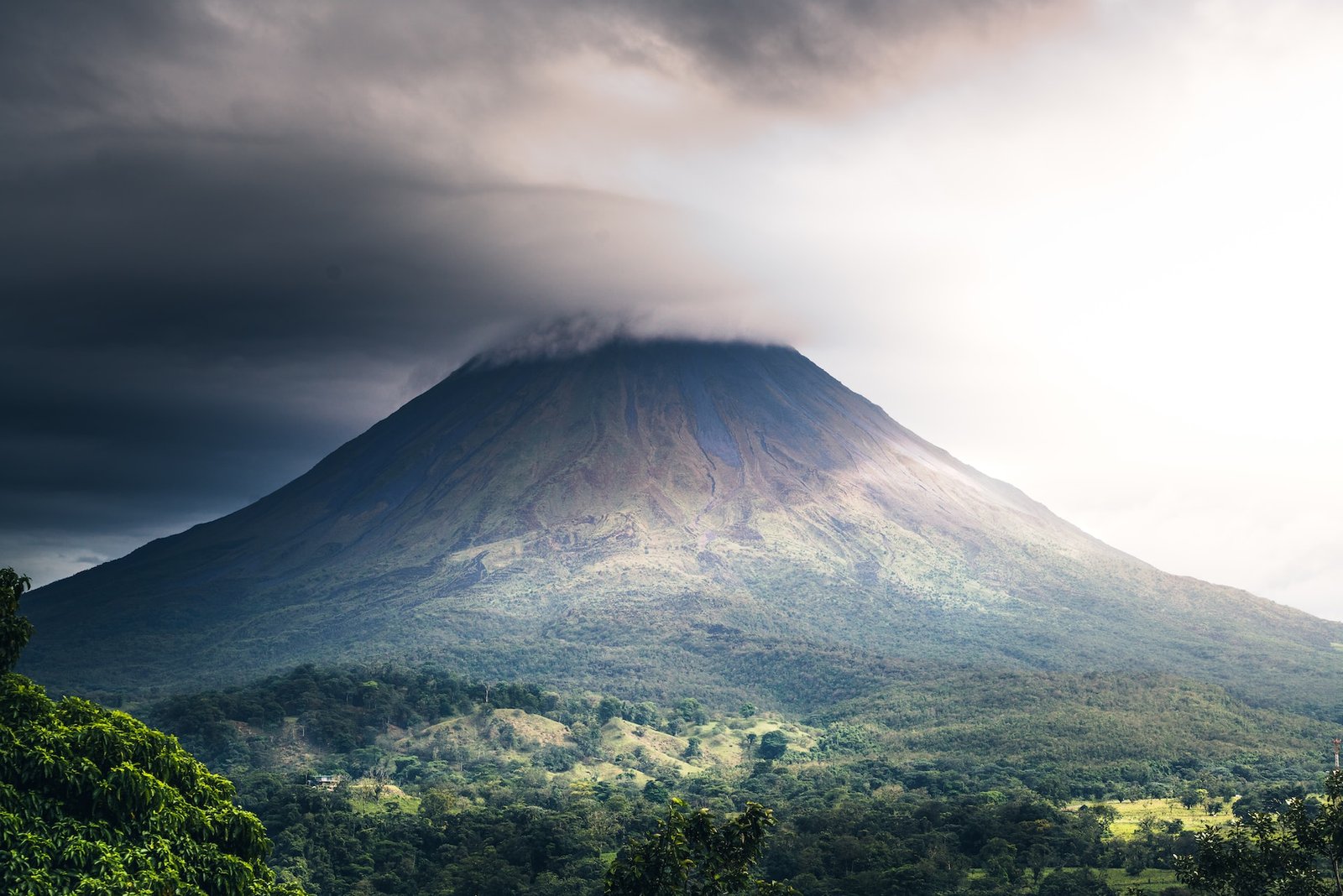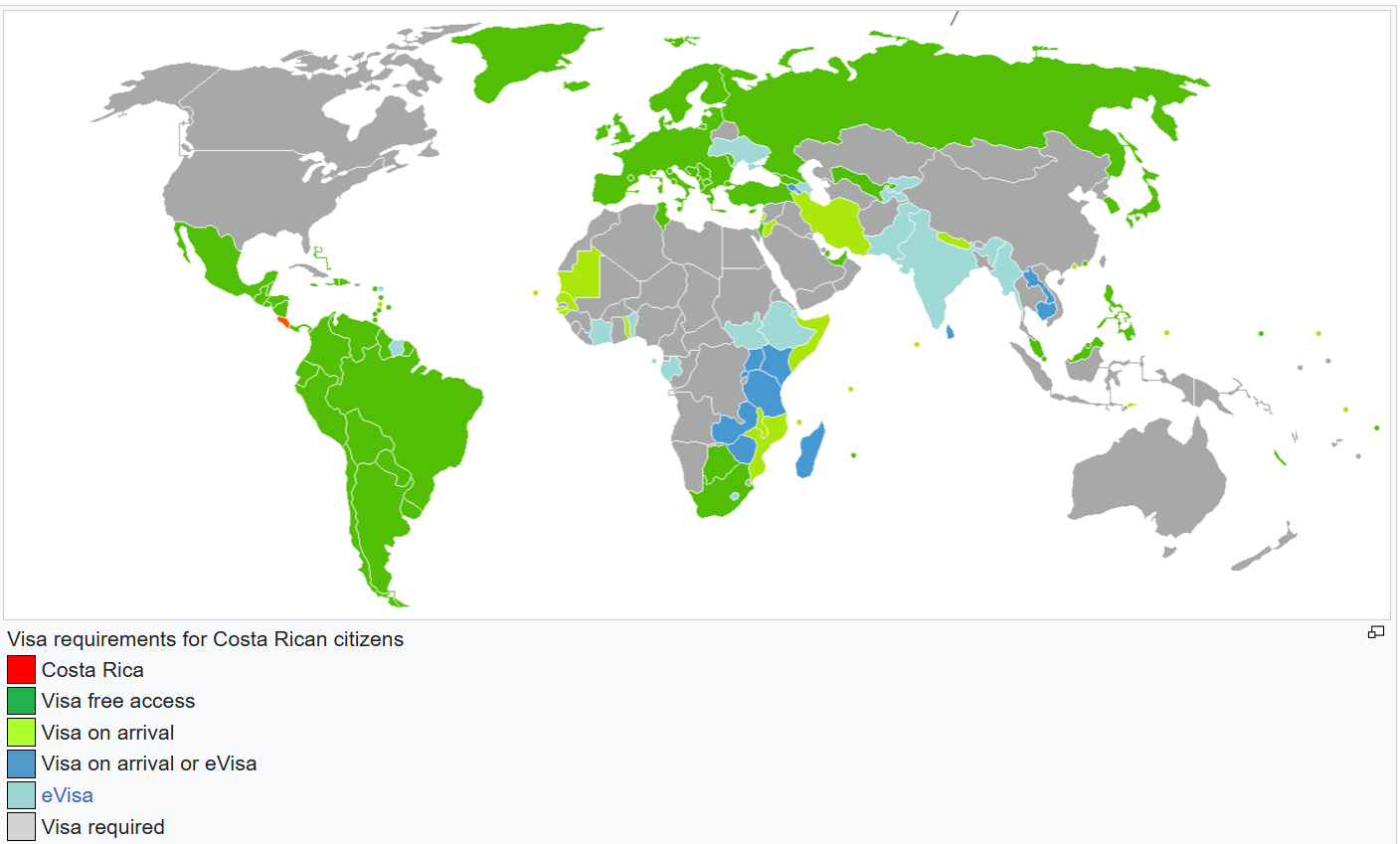Home > North America > Costa Rica > How To Get Residency in Costa Rica: A Comprehensive Guide
How To Get Residency in Costa Rica: A Comprehensive Guide
Capital: San José
Population: 5,044,197 (2022)
Ethic Group: 83.6% White or Mestizo, 6.7% Mulatto (mixed Black and White), 2.4% Indigenous, 1.1% Black
Area: 51,179 km2 (126th)
Offical Language: Spanish
Currency: Costa Rican colón (1=0.0020 USD, as of Sep, 2nd, 2025)
GDP per Captial: $31,412 (2025 estimated, 66th)
Human Development Index: 0.833 (2023, 62nd)

Country Profile:
Costa Rica, often referred to as the “Switzerland of Central America,” consistently ranks as the leading nation in Central America in terms of economic development, quality of life, domestic and foreign policy, education, and healthcare.
Costa Rica’s economy is primarily driven by tourism, financial services, and information technology. Its thriving Free Trade Zones have attracted significant foreign investment.
Politically, Costa Rica has maintained a relatively peaceful and stable political climate. Since gaining independence in 1821, the country has avoided major civil wars and violent conflicts. Notably, in 1949, Costa Rica became the first country in the world to abolish its military.
In terms of public safety, Costa Rica is the safest country in Latin America, with a global safety ranking of 39th.
While Costa Rica offers many advantages, foreigners may encounter some challenges while living there, including: underdeveloped infrastructure, bureaucratic red tape, inflation, and an extended rainy season.
Visa And Immigration System:
Residency Permit:
In 2023, there were 3 million foreign residents living in Costa Rica, and more than half of them were Americans.
For these foreign nationals, the first step to becoming a long-term resident in Costa Rica is to apply for a residency permit.
Costa Rica offers six main types of short-term residency permits: investor visa, retirement visa, rentista visa, work visas, family reunification visas, and some special visas like foreign company representative visa and digital nomad visa.
Here, we mainly introduce five common types of Costa Rican visas:
1. Investor Visa (Inversionista Residency): This visa is issued to foreigners who invest no less than $150,000 in the country.
You can choose to buy property, run a business, acquire shares in a local company, or purchase stocks in a publicly traded company. However, regardless of the economic option you choose, your investment in a single area must exceed $150,000.
The only exception is for investments in the local forestry industry, where the minimum investment requirement can be reduced to $100,000.
2. Retirement Visa (Pensionado Visa): Costa Rica’s retirement visa is one of the most popular in Latin America, with relatively low financial requirements: a monthly retirement income of $1,000.
However, this income must be from a pension, meaning you must have a pension to apply for the Costa Rican retirement visa.
Holders of a retirement visa must reside in Costa Rica for at least one day per year to maintain the visa.
3. Rentista Visa: The Costa Rican rentista visa requires applicants to have a stable non-salary income of at least $2,500 per month.
This income can come from rent, financial products, stock dividends, annuities, and does not necessarily need to be entirely passive income, but it cannot be salary or business income.
Additionally, the Costa Rican rentista visa offers a deposit option: you can deposit $60,000 in a local bank and sign a commitment letter (pledging that the primary and secondary applicants will only use $2,500 per month from this deposit to sustain their life in Costa Rica) to meet the economic requirements.
Similar to the retirement visa, holders of the rentista visa must reside in Costa Rica for at least one day per year and cannot be employed locally.
4. Work Visa: The application process for a Costa Rican work visa is relatively complex. You need to sign an employment contract with a local company, and your employer must prove that, as a non-Costa Rican, you are indispensable for the position.
5. Digital Nomad Visa: This is a non-immigrant visa designed for digital nomads, freelancers, and business owners who can work remotely, allowing you to stay in the country for up to two years.
Economically, applicants for the Costa Rican digital nomad visa need to have a stable monthly income of $3,000 for the year before applying.
If you have accompanying family members, your monthly income must be at least $4,000.

Permanent Residency & Citizenship:
A Costa Rican residency permit is generally valid for two years. Upon expiration, if you have resided in the country for more than 180 days each year, you can renew the visa under the same conditions for up to 10 years.
Foreigners who have legally resided in Costa Rica for three years (with more than 180 days of residence each year) can apply to become a permanent resident.
Once you obtain permanent residency, there are fewer restrictions on your stay in the country: you only need to be in Costa Rica for more than 72 hours each year to maintain your permanent resident status.
If you wish to become a citizen, foreigners must have legally resided in Costa Rica for at least seven years, pass a Spanish language test, a test on the country’s history and culture, and have two local citizens vouch for your good moral character.
Dependents:
For all Costa Rican long-term residency permits, the main applicant’s spouse, children under 18, financially dependent children aged 18 to 25, and children of any age with physical or mental disabilities can all obtain local residency as dependents.
Passport Power:
Costa Rica recognizes dual citizenship, and its passport ranks 27th globally. Passport holders enjoy visa-free or visa-on-arrival access to 149 countries and territories worldwide, including most regions in Oceania, the Americas, and Europe. (Sep 2nd, 2025)

Useful Links:
Costa Rica immigration office: https://www.migracion.go.cr/Paginas/Visas.aspx
Costa Rica Digital Nomad Visa: https://www.visitcostarica.com/en/costa-rica/digital-nomads
Home > North America > Costa Rica > How To Get Residency in Costa Rica: A Comprehensive Guide